Creating incredible sourdough bread requires a deep understanding of the sourdough bulk fermentation process. This crucial step is where the magic happens, transforming simple ingredients into a delicious, crusty loaf.
Mastering sourdough bulk fermentation is key to developing the complex flavors and textures that make sourdough bread so beloved. By controlling this step, bakers can create bread that is both visually appealing and packed with flavor.
Key Takeaways
- Understanding sourdough bulk fermentation is crucial for creating incredible bread.
- Mastering this step allows for control over flavor and texture.
- Sourdough bulk fermentation is a transformative process in bread making.
- A well-executed bulk fermentation results in a more complex flavor profile.
- Controlling sourdough starter activity is vital during bulk fermentation.
What Is Bulk Fermentation Sourdough Bread?
Understanding bulk fermentation is key to mastering sourdough bread, as it’s during this stage that the dough starts to develop its unique qualities. Bulk fermentation is the initial, critical stage of fermentation where the dough begins to rise due to the action of wild yeast and bacteria present in the sourdough starter.
The process involves a complex interaction between these microorganisms and the dough’s ingredients, leading to the production of lactic acid and carbon dioxide. This not only gives sourdough its characteristic tang but also contributes to its texture.
The Critical First Stage of Fermentation
During bulk fermentation, the dough undergoes significant transformations. The yeast and bacteria in the sourdough starter ferment the sugars present in the dough, producing compounds that contribute to the bread’s flavor and aroma.
How Yeast and Bacteria Transform Your Dough
The action of yeast and bacteria is central to the bulk fermentation process. As they consume the sugars in the dough, they produce carbon dioxide, causing the dough to rise, and lactic acid, which gives the bread its sour taste.
Why This Step Makes or Breaks Your Bread
The success of your sourdough bread largely depends on the bulk fermentation stage. A well-managed bulk fermentation ensures that your bread develops the desired flavor and texture.
| Aspect | Importance | Outcome |
|---|---|---|
| Yeast and Bacteria Activity | High | Flavor and Rise |
| Dough Temperature | High | Optimal Fermentation |
| Fermentation Time | High | Bread Texture and Flavor |
By understanding and controlling the factors that influence bulk fermentation, you can significantly improve the quality of your sourdough bread.
Creating the Ideal Environment for Successful Fermentation
To achieve successful bulk fermentation, it’s crucial to create an environment that fosters optimal dough development. This involves a combination of factors that work together to promote healthy yeast and bacteria activity.
Optimal Dough Temperature Throughout Bulk Fermentation
Maintaining the right dough temperature is critical during bulk fermentation. The ideal temperature range is between 75°F and 80°F (24°C to 27°C), which allows for optimal microbial activity. Using a dough thermometer can help you monitor the temperature accurately.
Selecting the Perfect Bulk Fermentation Container
The choice of bulk fermentation container can significantly impact the fermentation process. A container that is too small can restrict dough expansion, while one that is too large may not allow for adequate dough concentration. Consider using a container with straight sides and a wide mouth for easy dough handling.
Managing Ambient Temperature Variables
Ambient temperature plays a significant role in bulk fermentation. To maintain a consistent environment, keep your fermentation area away from drafts and extreme temperatures. If necessary, use a temperature-controlled proofing cabinet or a warm spot in your kitchen to achieve the desired conditions.
By controlling these factors, you can create an ideal environment for bulk fermentation, leading to better flavor development and improved bread texture.
The Step-by-Step Bulk Fermentation Process
Achieving the perfect loaf begins with a thorough understanding of the bulk fermentation process and its various components. Bulk fermentation is a pivotal stage in sourdough bread making, where the dough undergoes significant transformation.
When Bulk Fermentation Officially Begins
Bulk fermentation starts immediately after the dough is mixed. It’s the period when the dough is allowed to rest and ferment in a bulk state, before being shaped into its final form. This stage is critical for developing the dough’s flavor and structure.
Executing Effective Stretch and Fold Techniques
The stretch and fold technique is a crucial element of bulk fermentation. It involves gently stretching the dough and folding it over itself to redistribute the yeast and develop gluten. To execute this technique effectively, follow these steps:
- Gently grab one side of the dough and stretch it upwards.
- Fold the stretched dough over the center of the dough.
- Rotate the dough and repeat the process for the other sides.
How Often to Perform Folds During Bulk Fermentation
The frequency of stretch and fold operations can vary depending on the dough’s condition and the ambient temperature. Generally, performing folds every 30 minutes for the first few hours can significantly enhance dough development.
Tracking Dough Development Visually
Monitoring the dough’s progress is essential. Look for signs such as increased volume, a more aerated texture, and a smoother surface. The following table summarizes key indicators of dough development during bulk fermentation:
| Indicator | Description | Significance |
|---|---|---|
| Volume Increase | The dough expands and fills the container. | Indicates active fermentation and yeast activity. |
| Dough Texture | Becomes smoother and more aerated. | Signifies gluten development and gas production. |
| Surface Appearance | Changes from rough to smooth and shiny. | Reflects the dough’s health and fermentation progress. |
By understanding and implementing these steps, bakers can optimize their bulk fermentation process, leading to a more flavorful and textured sourdough bread.
Determining When Bulk Fermentation Is Complete
Understanding when bulk fermentation is complete is crucial for producing high-quality sourdough bread. This stage is critical because it directly affects the flavor, texture, and overall quality of the final product. Properly ending bulk fermentation ensures that your dough is adequately developed for the next steps in the bread-making process.
Visual Cues Your Dough Is Ready
One of the primary methods for determining the end of bulk fermentation is observing visual cues. The dough should have expanded and nearly doubled in size, showing signs of aeration with visible bubbles on the surface and sides. Look for a slightly domed surface rather than a flat one, indicating that the fermentation process is progressing as it should.
The Poke Test and Other Tactile Methods
Beyond visual inspection, tactile methods such as the poke test can provide valuable insights into the dough’s readiness. Gently poke the dough with your finger; if it springs back slowly and leaves a slight indentation, it’s ready. If it springs back quickly, it may need more time. This method requires a gentle touch to avoid over-working the dough.
Common Mistakes When Ending Bulk Fermentation
A common mistake is ending bulk fermentation too early or too late. Ending it too early can result in under-developed dough, while delaying it too long can lead to over-fermentation. Monitoring the dough’s progress closely and being aware of the signs of readiness can help avoid these pitfalls.
Adjusting for Different Flour Types
Different types of flour can affect the bulk fermentation time. For instance, whole wheat flour ferments more quickly than all-purpose flour due to its coarser texture and higher fiber content. Adjust your fermentation time accordingly based on the type of flour you’re using.
Cold Bulk Fermentation Techniques
For those looking to take their sourdough to the next level, cold bulk fermentation offers a simple yet effective method to enhance flavor development. This technique involves fermenting the dough in the refrigerator, slowing down the fermentation process, and resulting in a more complex flavor profile.
Benefits of Fermenting Dough in the Fridge
Fermenting dough in the fridge, or cold bulk fermentation, provides several benefits. It allows for greater flexibility in baking schedules, as the cold environment slows down the fermentation process. This means bakers can delay baking without worrying about over-fermentation. Additionally, cold fermentation enhances the dough’s flavor and texture, producing a more sour and complex bread.
Key benefits include:
- Improved flavor complexity
- Greater flexibility in baking schedules
- Enhanced dough texture
How to Execute an Overnight Bulk Ferment
Executing an overnight bulk ferment is straightforward. After mixing the dough, it is placed in the refrigerator to ferment overnight. The cold environment slows down the yeast and bacteria’s activity, allowing for a longer fermentation period. The next day, the dough is removed from the fridge and allowed to come to room temperature before proceeding with the shaping process.
Tips for successful overnight bulk fermentation:
- Ensure the dough is at the right temperature before refrigerating
- Use a container that allows for expansion
- Plan ahead to accommodate the longer fermentation time
Flavor Development in Cold Fermentation
Cold fermentation significantly impacts flavor development in sourdough bread. The slower fermentation process allows for a more gradual breakdown of sugars and production of lactic acid, contributing to a tangier flavor. Moreover, the cold environment helps preserve the delicate compounds that contribute to the bread’s aroma.
By understanding and leveraging cold bulk fermentation techniques, bakers can significantly enhance the quality and flavor of their sourdough bread. Whether you’re a seasoned baker or just starting out, incorporating cold fermentation into your process can take your bread to the next level.
Troubleshooting Bulk Fermentation Problems
Despite careful planning, bulk fermentation issues can arise, but there are effective solutions. Bulk fermentation is a critical step in sourdough bread making, and troubleshooting common problems can help bakers achieve consistent results.
Rescuing Under-Fermented Dough
Under-fermented dough can be a disappointment, but it’s not a lost cause. If your dough hasn’t fermented enough, it may lack the characteristic sourdough flavor and texture. To rescue under-fermented dough, you can try extending the fermentation time or increasing the temperature slightly to stimulate yeast activity.
- Check the temperature of your environment; it might be too cold for proper fermentation.
- Consider giving the dough a bit more time to ferment.
- Gently fold the dough to redistribute the yeast and bacteria.
Salvaging Over-Fermented Dough
On the other hand, over-fermentation can lead to dough that’s too sour or has collapsed. If you notice your dough is over-fermenting, you can try to salvage it by:
- Refrigerating it to slow down fermentation.
- Shaping the dough immediately to halt fermentation.
- Adjusting your recipe for future batches to avoid over-fermentation.
Seasonal Adjustments for Consistent Results
Seasonal changes can significantly impact your sourdough’s fermentation. In warmer months, consider using colder water or refrigerating the dough during bulk fermentation. In colder months, use warmer water or a warmer environment to encourage fermentation.
Using a Bread Proofer to Regulate Temperature
A bread proofer can be a valuable tool in maintaining a consistent temperature for bulk fermentation, regardless of the season. By providing a controlled environment, a bread proofer helps ensure that your dough ferments at the optimal temperature.
Conclusion: From Mastered Fermentation to Incredible Bread
Mastering bulk fermentation is a crucial step in sourdough bread baking, elevating your artisan bread from good to incredible. By understanding the process and creating the ideal environment, you can produce high-quality bread that rivals professional bakeries.
With the knowledge gained from this article, you’re now equipped to tackle the challenges of bulk fermentation and take your sourdough bread baking to the next level. Whether you’re a seasoned baker or just starting out, applying these techniques will result in more consistent and delicious bread.
As you continue to refine your skills, remember that practice makes perfect. Don’t be discouraged by initial setbacks – with time and patience, you’ll be baking incredible bread that impresses family and friends. The art of sourdough bread baking is a journey, and mastering fermentation is a significant milestone.
FAQ
What is bulk fermentation in sourdough bread making?
Bulk fermentation is the first critical stage of fermentation in sourdough bread making, where the dough is allowed to rest and ferment, enabling yeast and bacteria to transform the dough.
How do I know when bulk fermentation is complete?
You can determine the end of bulk fermentation by observing visual cues, such as the dough’s expansion and surface texture, and using tactile methods like the poke test.
What is the ideal temperature for bulk fermentation?
The ideal dough temperature throughout bulk fermentation is crucial, and it typically ranges between 75°F to 80°F (24°C to 27°C), but this can vary depending on the specific recipe and environment.
How often should I perform folds during bulk fermentation?
The frequency of folds during bulk fermentation depends on the recipe and dough development, but typically, folds are performed every 30 minutes to an hour for the first few hours.
Can I do bulk fermentation in the fridge?
Yes, cold bulk fermentation is a technique where the dough is fermented in the refrigerator, slowing down the fermentation process, which can enhance flavor development and provide flexibility in scheduling.
What are the benefits of cold bulk fermentation?
Cold bulk fermentation offers several benefits, including improved flavor development, increased flexibility, and better dough development, resulting in a more complex and sour bread.
How do I rescue under-fermented or over-fermented dough?
To rescue under-fermented dough, you can allow it to ferment for a longer period, while over-fermented dough can be salvaged by adjusting the recipe or using it for a different purpose, such as making croutons or bread crumbs.
Can I use a bread proofer to regulate temperature during bulk fermentation?
Yes, a bread proofer can be used to regulate temperature and maintain a consistent environment, which is particularly useful in extreme temperatures or when trying to achieve specific fermentation conditions.
How does the type of flour affect bulk fermentation?
Different types of flour can affect bulk fermentation, as some flours may ferment more quickly or slowly than others, requiring adjustments to the fermentation time and potentially the frequency of folds.
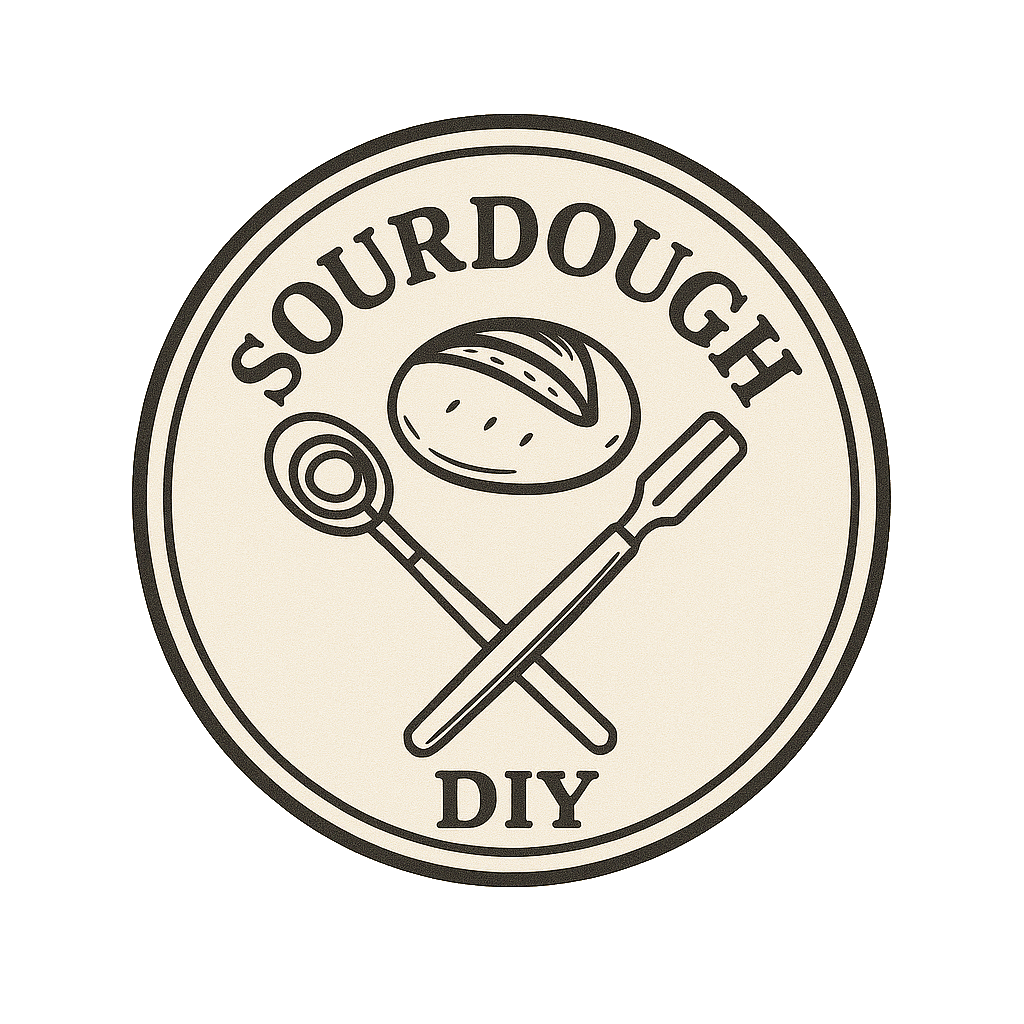
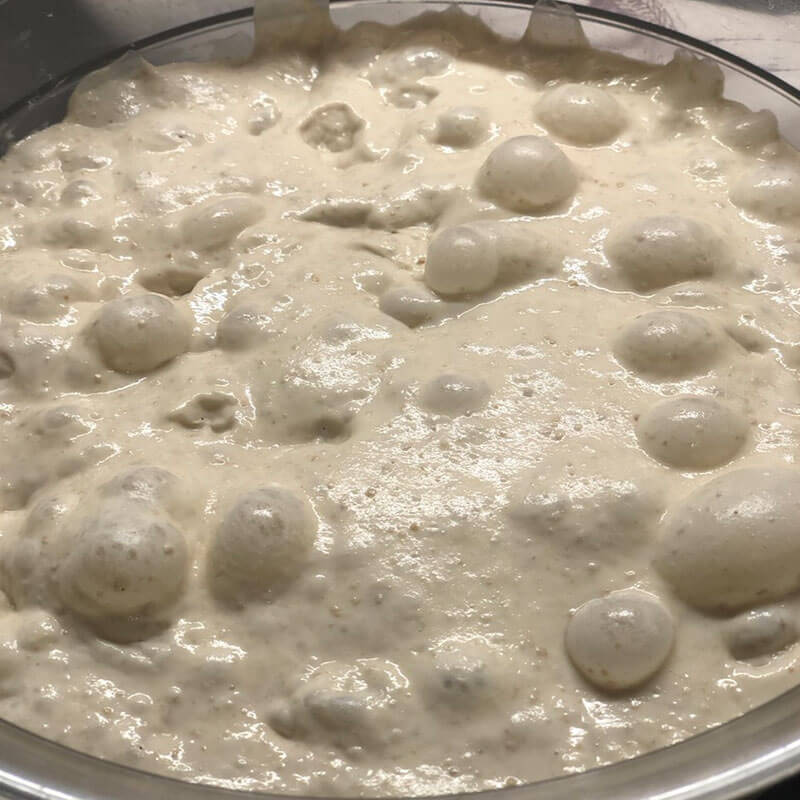
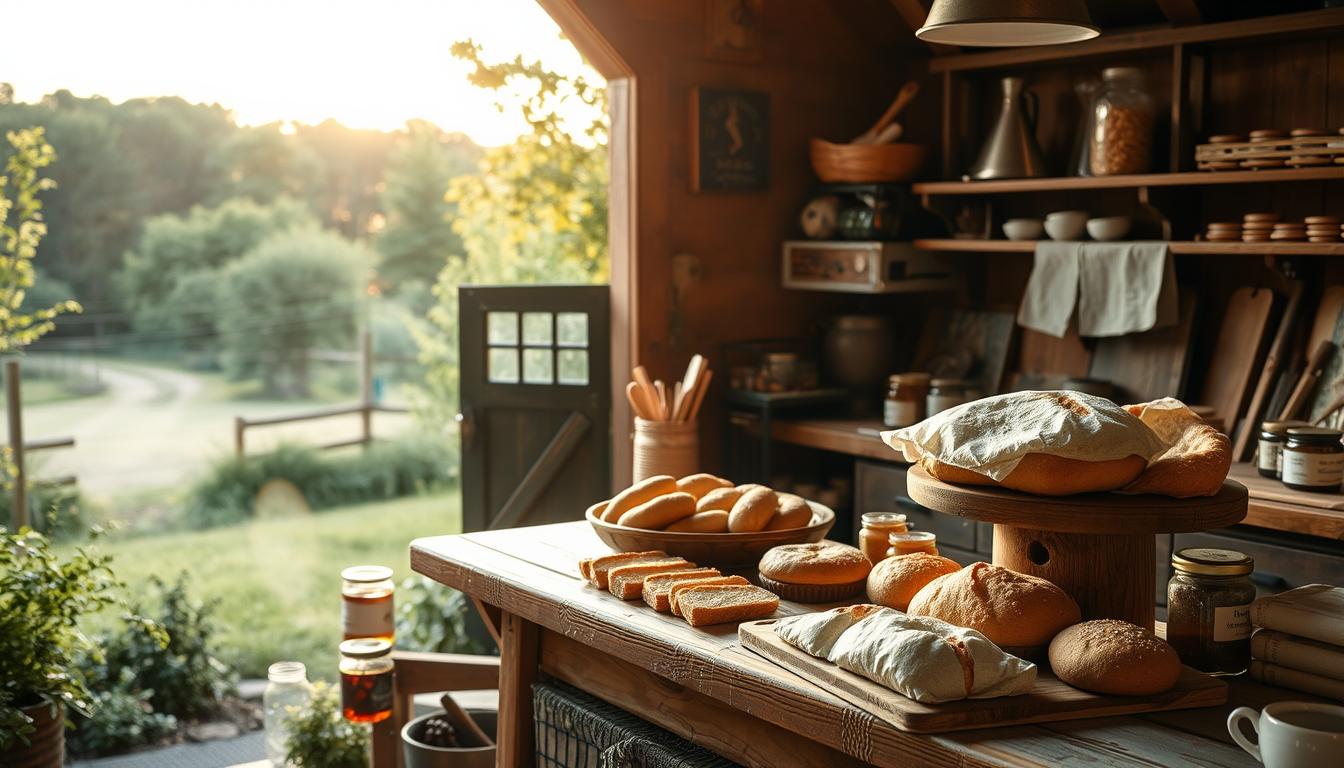
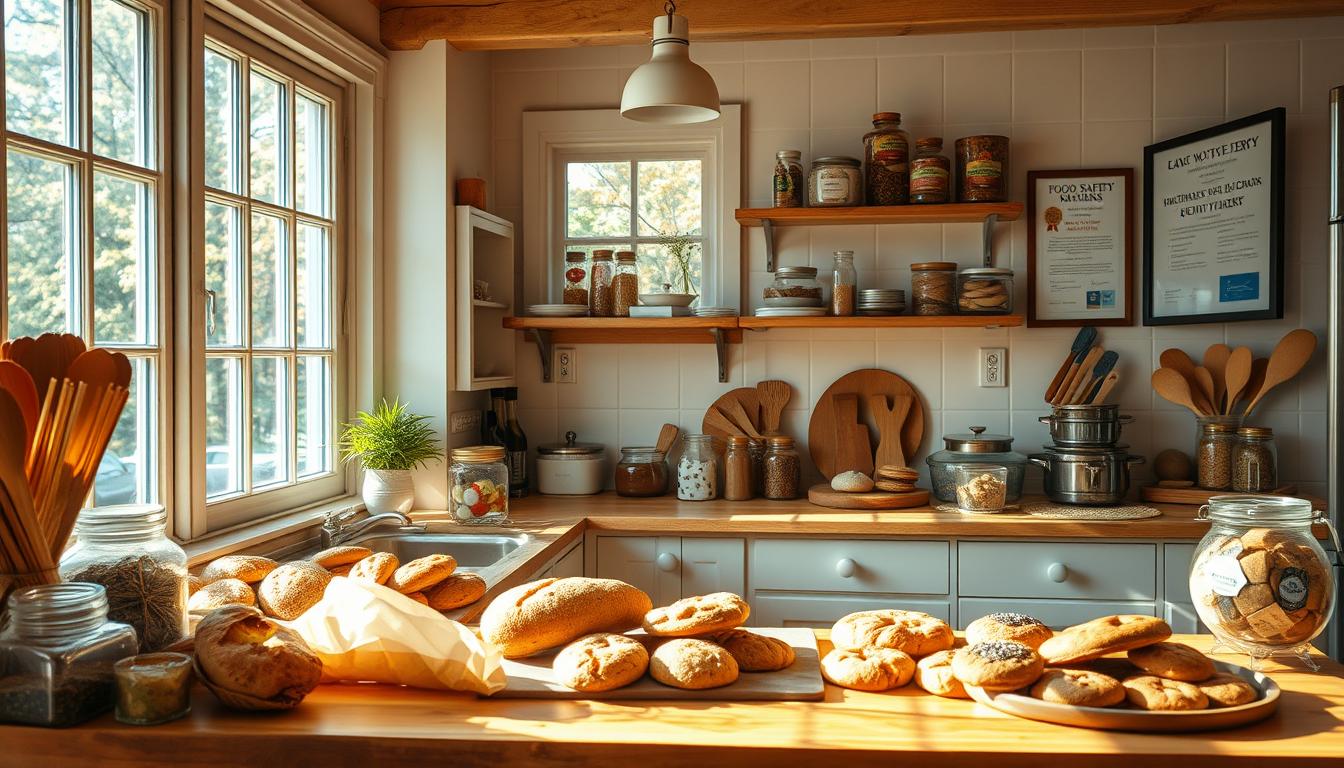
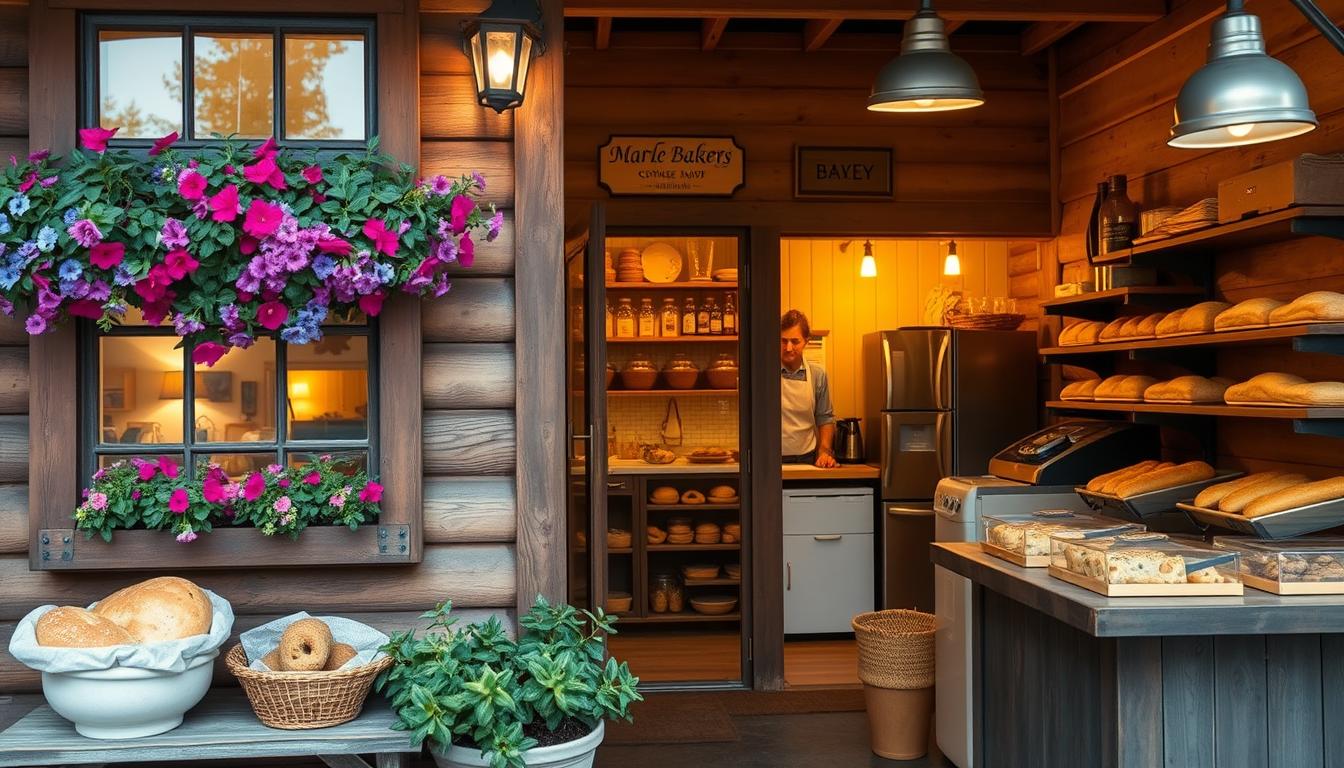
Leave a Reply